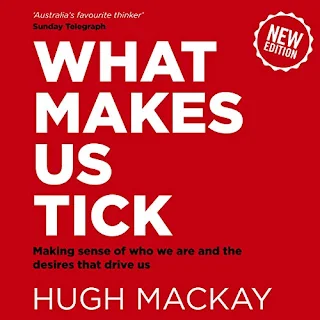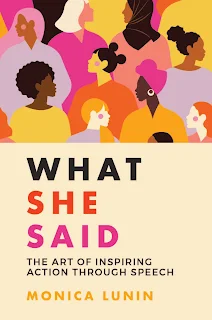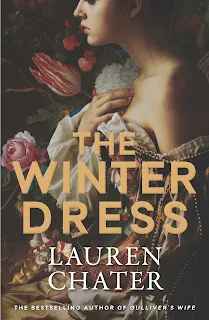After reviewing a book about death, I thought my reading schedule could do with a little lightening up and what's the opposite of death? Life of course, but also sex!
Listening to the audiobook for A Curious History of Sex by Kate Lister is akin to watching an episode of Embarrassing Bodies; it was informative and educational and I enjoyed the creator's cheeky sense of humour.
Covering subjects like: aphrodisiacs, condoms, douching, impotence, menstruation, orgasms, pubic hair, self care, sex work, sex dolls, STDs, Viagra and vibrators, Lister manages to dispel several myths from the Victorian era, shine a light on stereotypes and attempt to debunk some long held views.
Given my previous reading experience and interest in history, there wasn't much in this book I didn't already know and I didn't find any of the content curious. Had I read this at the age of 20 though, I would have had an entirely different reading experience. I would have found the etymology of the 'C' word incredibly illuminating for a start and seized on the slang terms for areas of the body readily.
Nevertheless, I did enjoy the author's writing style, like this example in the chapter about the history of the clitoris and the discovery that the G spot was actually the C spot all along:
"...like a kind of clitoral Scooby Doo ending to a debate that has raged throughout medicine for centuries." Chapter 3A Curious History of Sex by Kate Lister is recommended for fans of Ruth Goodman and Bill Bryson and the audiobook narrated by the author herself was a great listen.
Further reading suggestions:
- The Wonder Down Under by Nina Brochmann and Ellen Stokken Dahl
- At Home: A Short History of Private Life by Bill Bryson
- How To Be a Tudor: A Dawn-to-Dusk Guide to Everyday Life by Ruth Goodman
- How To Be a Tudor: A Dawn-to-Dusk Guide to Everyday Life by Ruth Goodman
- How to Behave Badly in Renaissance Britain by Ruth Goodman
- Medieval Bodies: Life, Death and Art in the Middle Ages by Jack Hartnell
- Medieval Bodies: Life, Death and Art in the Middle Ages by Jack Hartnell


















































